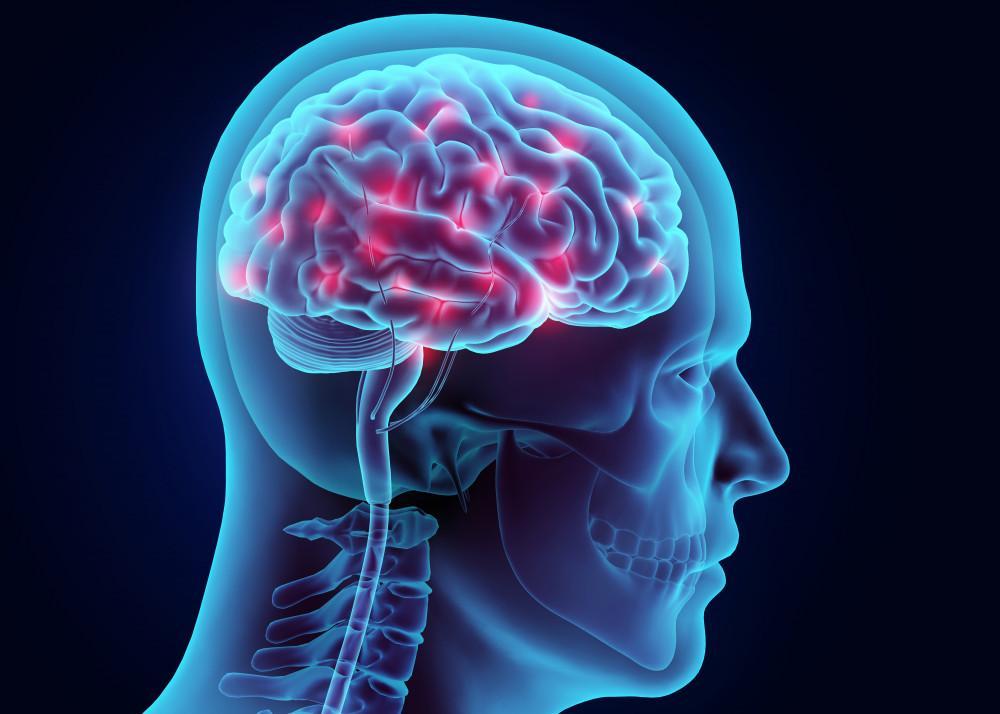
Could a Spinal Cord Stimulator Be the Right Choice for Relieving Your Pain?

Chronic pain changes your life. Often, patients at South Lake Pain Institute feel as if they’ve tried everything, yet are still in pain. For those with certain conditions, a spinal cord stimulator may be the best solution.
Dr. Julie Saranita, D.O. shares, "A spinal cord stimulator is a medical device that is implanted near your spinal cord. It delivers small electrical pulses that block pain signals to your brain. The low-voltage stimulation is powered by a small battery-powered generator."
"The generator is implanted either on your upper buttock or abdomen, along with thin wires with electrical leads that transmit the electrical current to block the pain signals," adds Dr. Saranita.
Instead of feeling pain or being shocked when the spinal cord stimulator works, you’ll feel a tingling sensation. Since you won’t always be combatting pain, you may be able to reclaim your life, become more active, and generally feel better.
Conditions a spinal cord stimulator may help
There are general areas in which we expect a spinal cord stimulator to help, although you are unique, and your doctor at South Lake Pain Institute will suggest the most appropriate situation for you.
Failed Back Surgery Syndrome
If you’ve had multiple spinal surgeries and other treatments, yet you’re still in pain, a spinal cord stimulator may be a solution for you. Spinal cord stimulators may reduce back and leg pain in people who have persistent pain even after surgeries, nerve blocks, and other interventions.
Complex Regional Pain Syndrome
Trauma may cause this set of symptoms, which may include burning pain, increased sensitivity of your skin, swelling, excessive sweating, and other changes. Complex regional pain syndrome may be effectively treated with spinal cord stimulation.
Peripheral Neuropathy
A disorder that affects the peripheral nervous system that often affects people with diabetes, peripheral neuropathy causes tingling, burning, and numbness most often in the feet, legs, hands, and arms. Spinal cord stimulation may help alleviate those symptoms.
Not every patient is a good candidate for spinal cord stimulation. To be considered a candidate, your pain shouldn’t be related to a malignancy, and you shouldn’t have a pacemaker or other devices that would be disrupted by the electrical current. There are other criteria as well, but your doctor will discuss your individual circumstances with you in detail.
The procedure
Dr. Saranita, says, "Our providers may recommend a trial spinal cord stimulation system. This involves temporarily implanting leads and a trial stimulator. A trial spinal cord stimulation system can help your doctor understand more about your condition and whether or not the treatment is likely to be effective for you long term."
If the trial is successful, your doctor may implant a permanent system. Implantation is usually an outpatient procedure and performed under light sedation, so you can go home the same day. You’ll need a few days to recover and may be restricted from certain activities.
If you think that you may be a candidate for spinal cord stimulation, or you have questions about it, book an appointment by phone or online with one of the experts at South Lake Pain Institute today.
You Might Also Enjoy...


Botox: It’s Not Just for Your Face. Check Out How It Can Treat Your Sweaty Feet and Armpits

Fibbed to Your Physician? You are Not Alone and Your Doctor Knows

A New Tool for Chronic Pain

Spotting the Telltale Signs and Symptoms of CRPS


